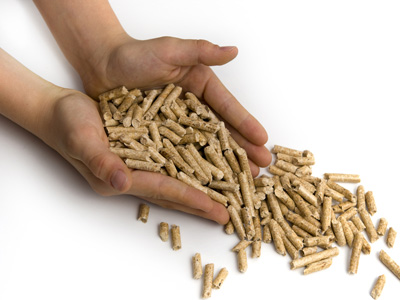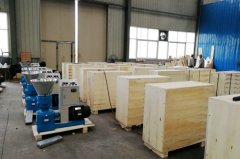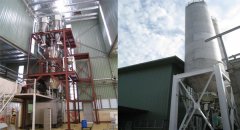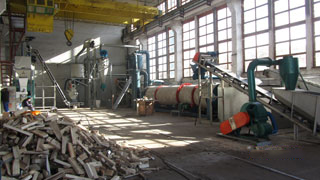How Is Biomass Energy Produced?
Biomass energy, or biomass fuel, is a kind of energy that uses biomass as the raw materials, including all the living or recently living organisms, which are mainly plants and animals. As fuel energy that can be burnt, biomass energy has been widely used in various fields such as industrial and agricultural production, even our daily life. You can see farmers use firewood derived from agricultural waste as fuel for cooking and heating, or relatively new biogas, which is further processed from the livestock manure and crop residues. These are all uses of biomass energy very commonly seen in our everyday life. There are also some advanced applications such as the biodiesel, which is biofuel prepared from vegetable oils or animal fats, and fuel ethanol, which is a fuel widely applied in transportation. But how is biomass energy produced?
People use biomass energy so often; however they don't necessarily know how biomass energy is produced. In fact, there are many scientific methods to produce various kinds of biomass energy, such as composting, anaerobic digestion (usually for biogas producing), fermentation and distillation (both for making ethanol), as well as higher level methods like pyrolysis and hydrogenation, etc. But there is still a simpler and cost-effective way - to make biomass pellet fuel with a pellet mill.

Take pellet fuel making as an example. A variety of biomass material can be pelletized: rice husks, wheat straw, stalks, peanut shells, grass, rice bran, twigs, and so on. Diversity of raw materials contributes to the convenience and breadth of application. Raw materials cannot be put directly into the pellet mill, for they are far too big to be pelletized. Instead, a crusher or hammer mill will be the first procedure, which can effectively cut the material into small and fine particles, or powder. Then the powder may need to be adjusted to suitable moisture and temperature by conditioning. Only after all the processes above can the material enter the hopper of the pellet mill to be compressed into pellets, a small cylinder whose bottom diameter is around 6 - 10 mm and several centimeters long. The roller and the die will play an important role in this process. Then after cooled and packaged, finished products can be put into use. That is how biomass energy is produced.
As an economical, clean and renewable energy source, biomass energy has long been developed as a good alternative to fossil fuels. An increasing number of enterprises and homeowners are considering it for cooking, heating or as the power of vehicles. There is no doubt that biomass energy will have a brighter future.




